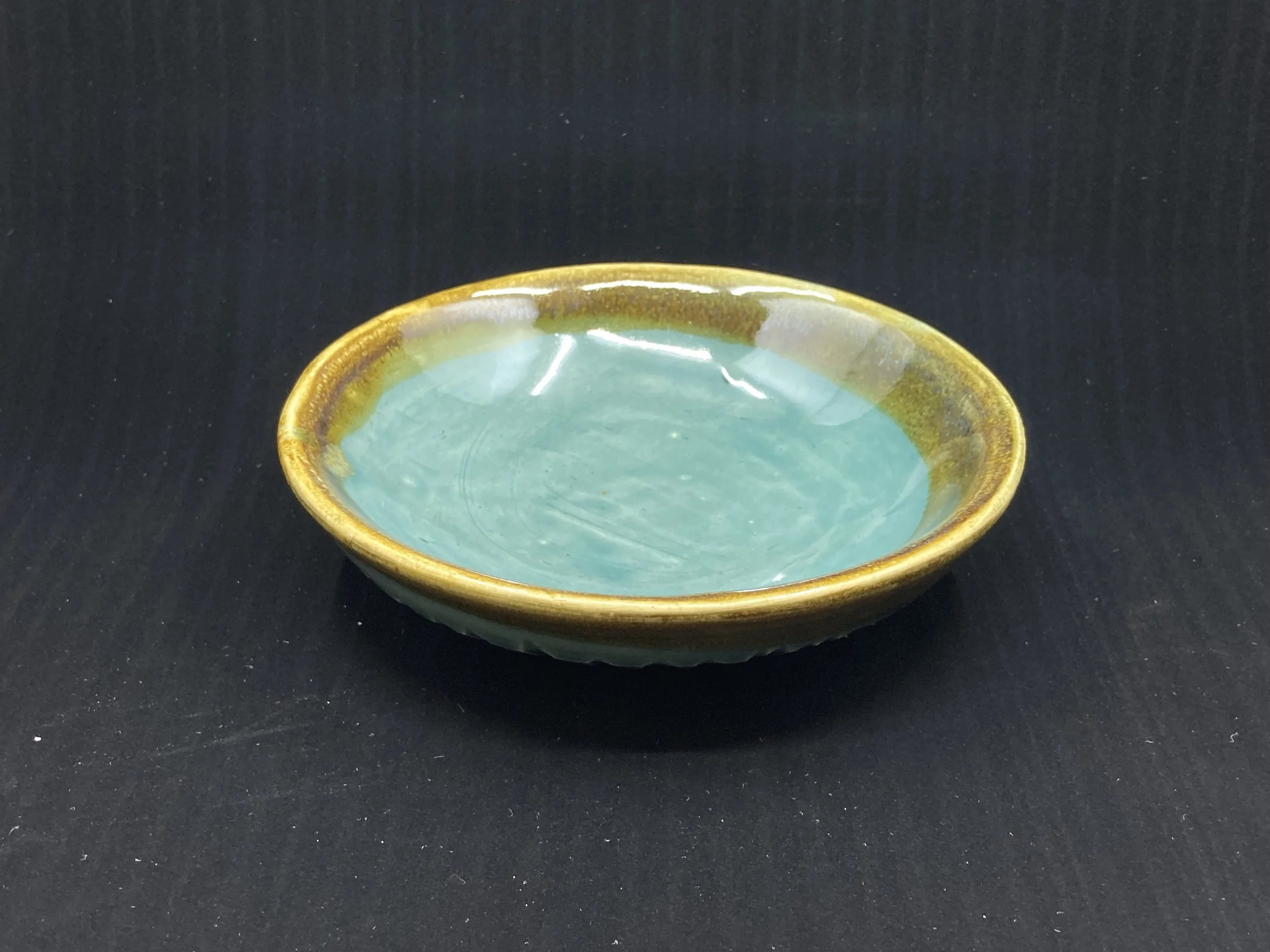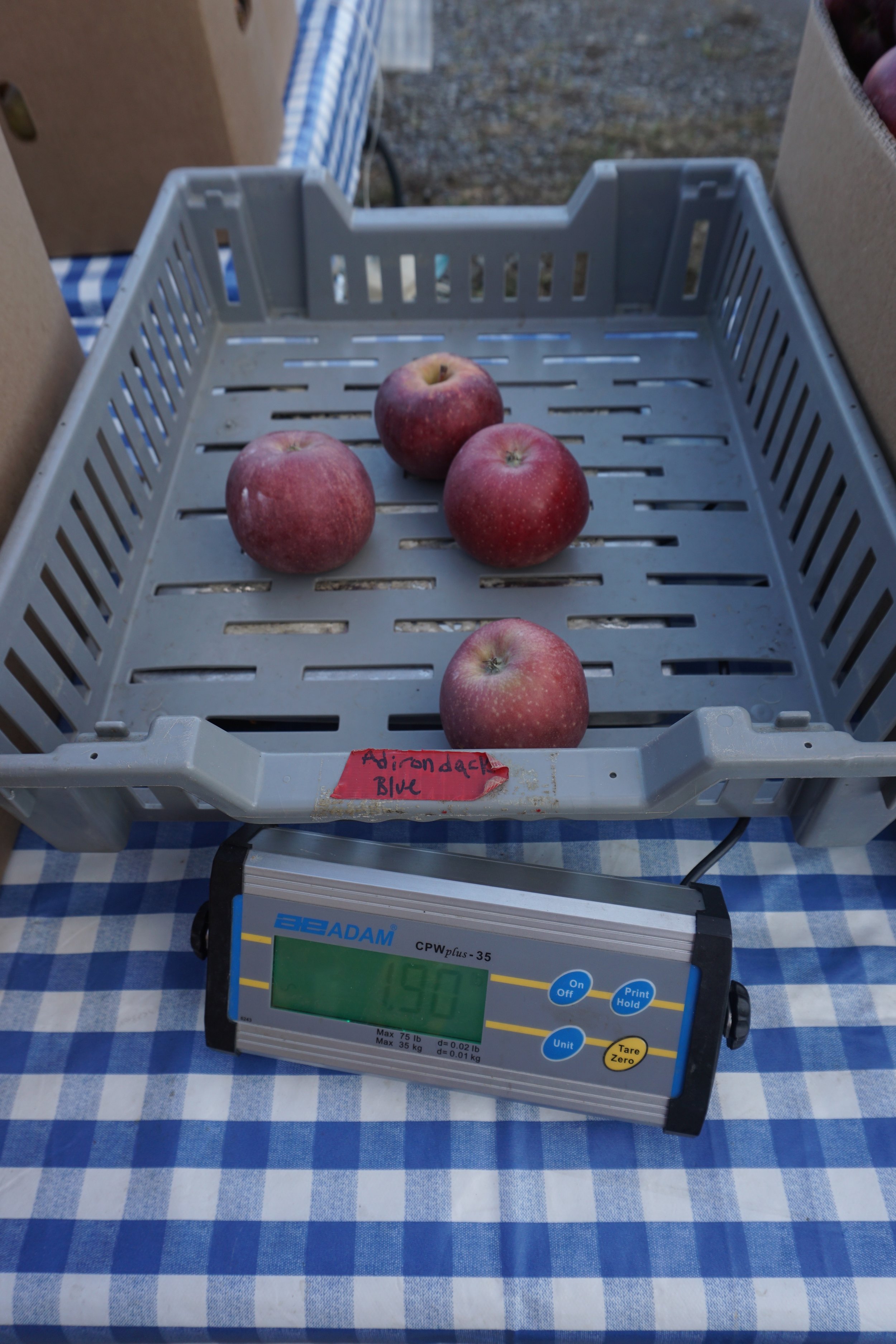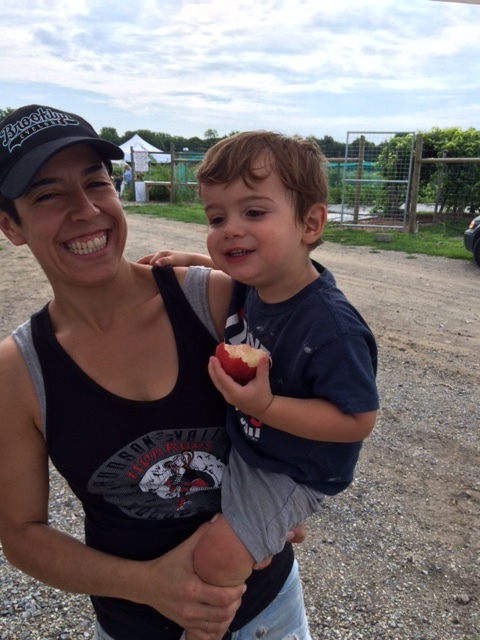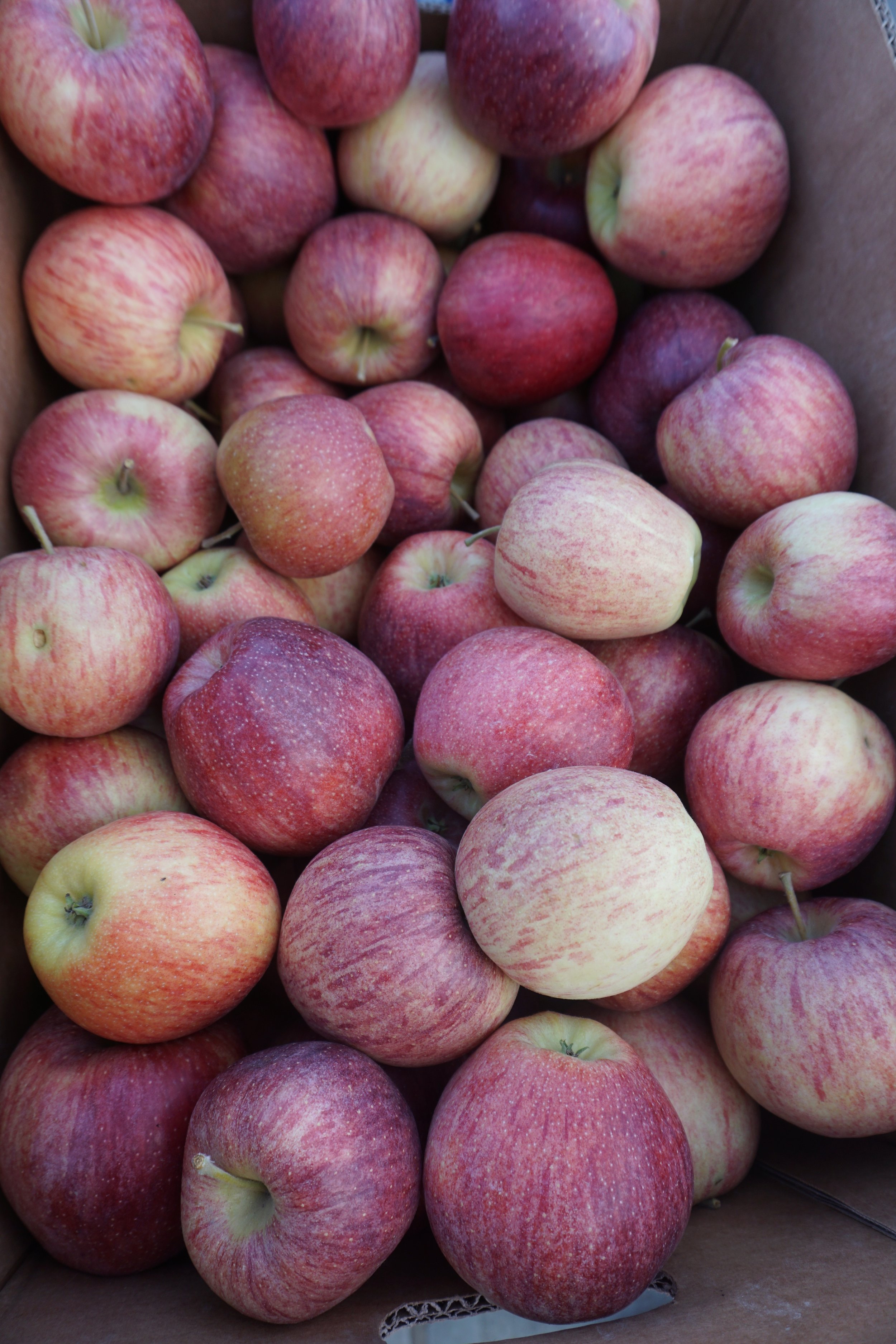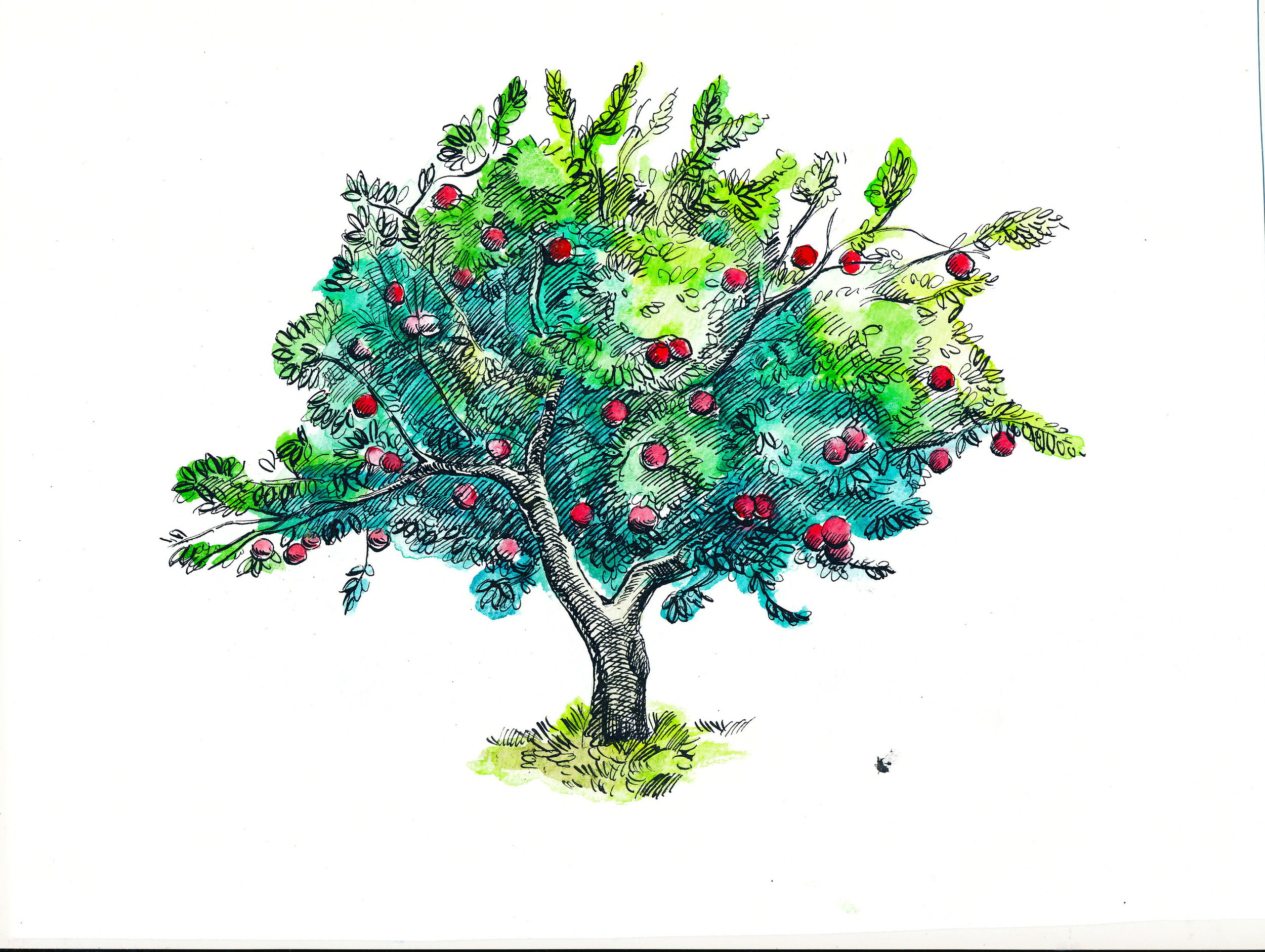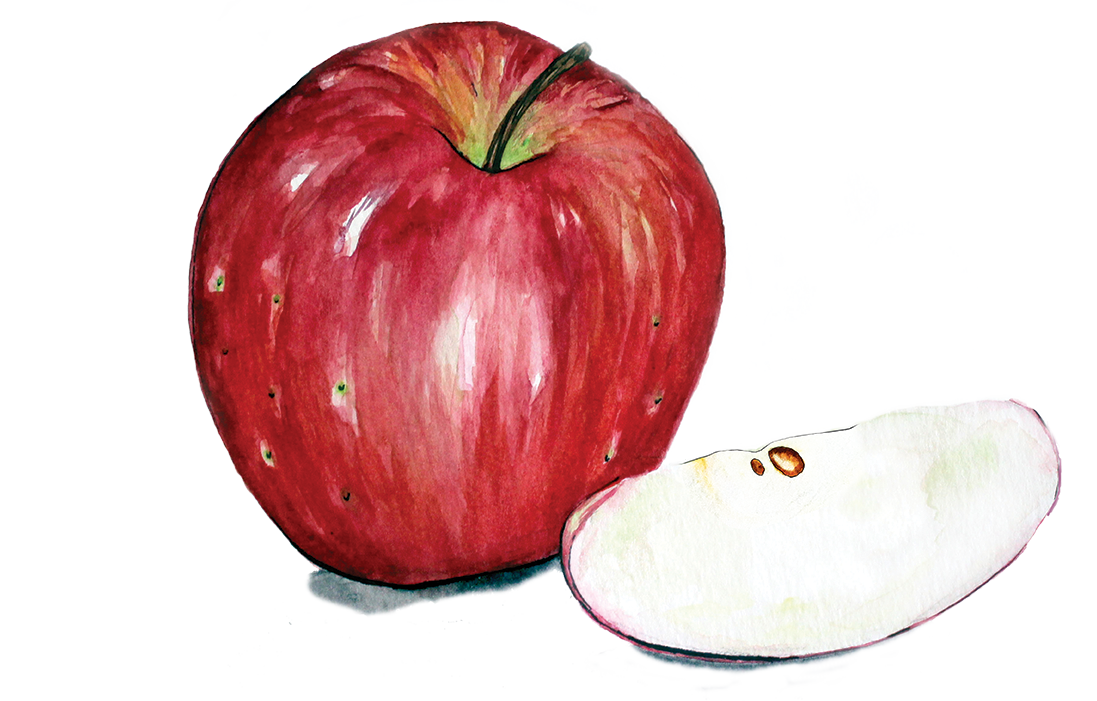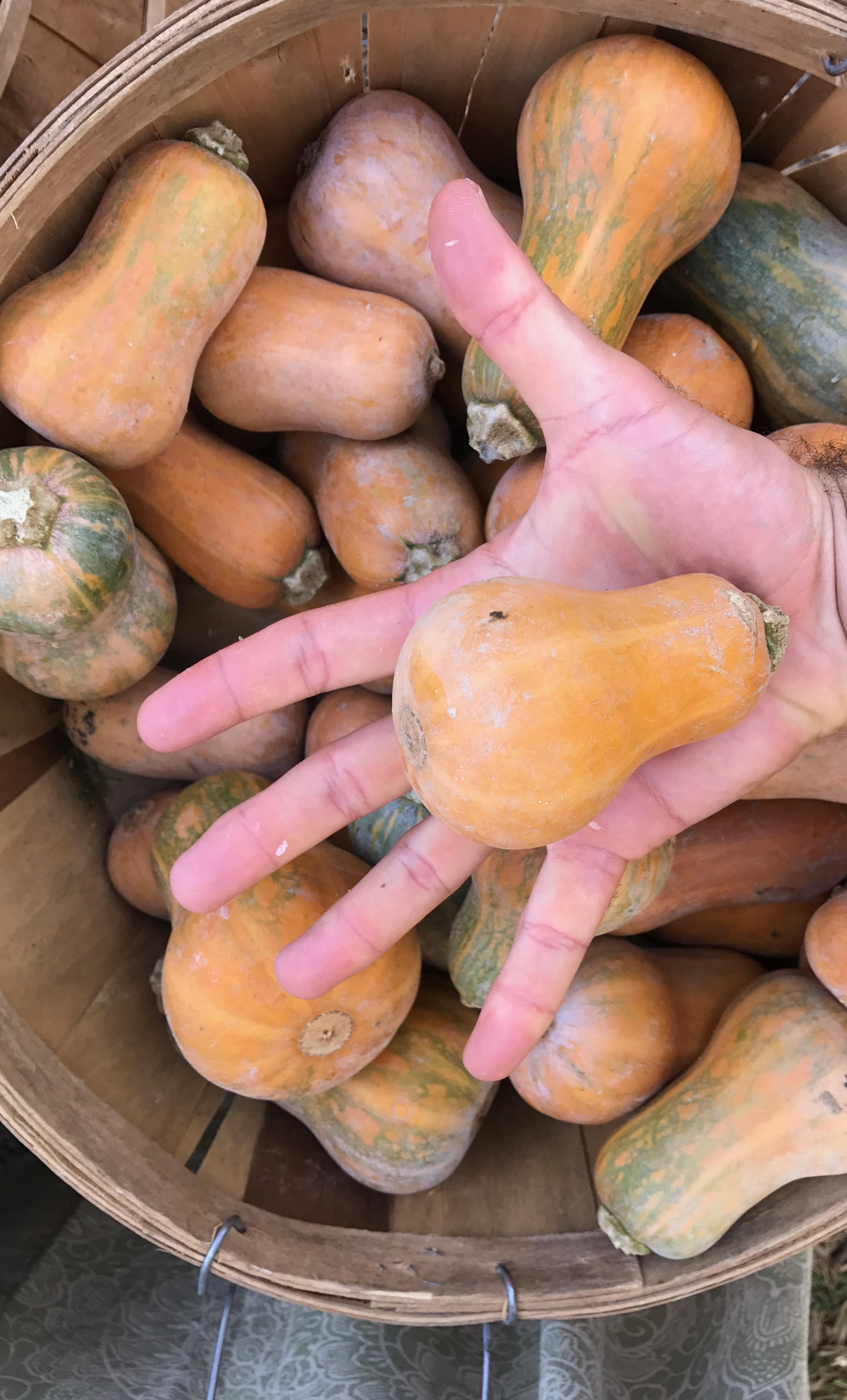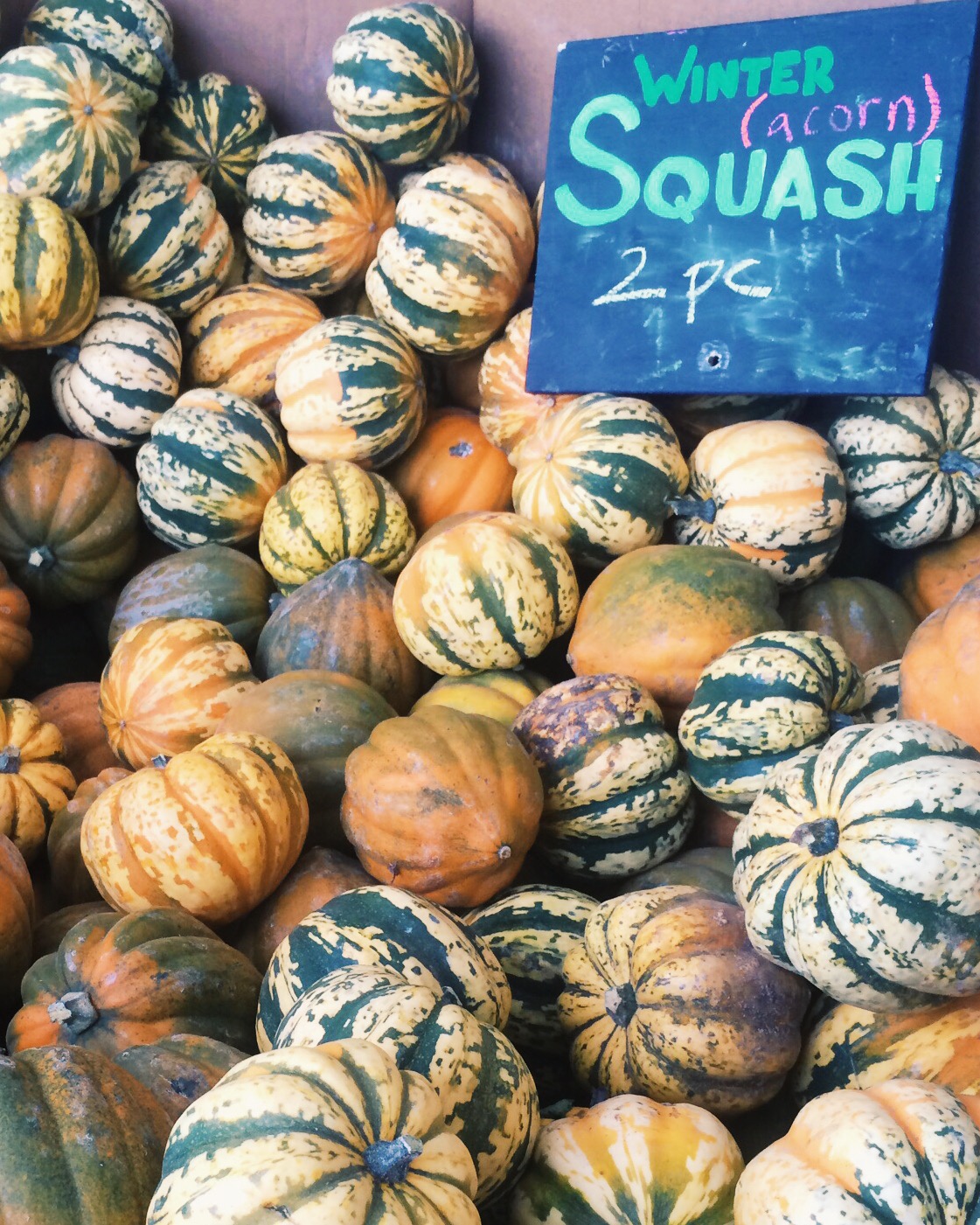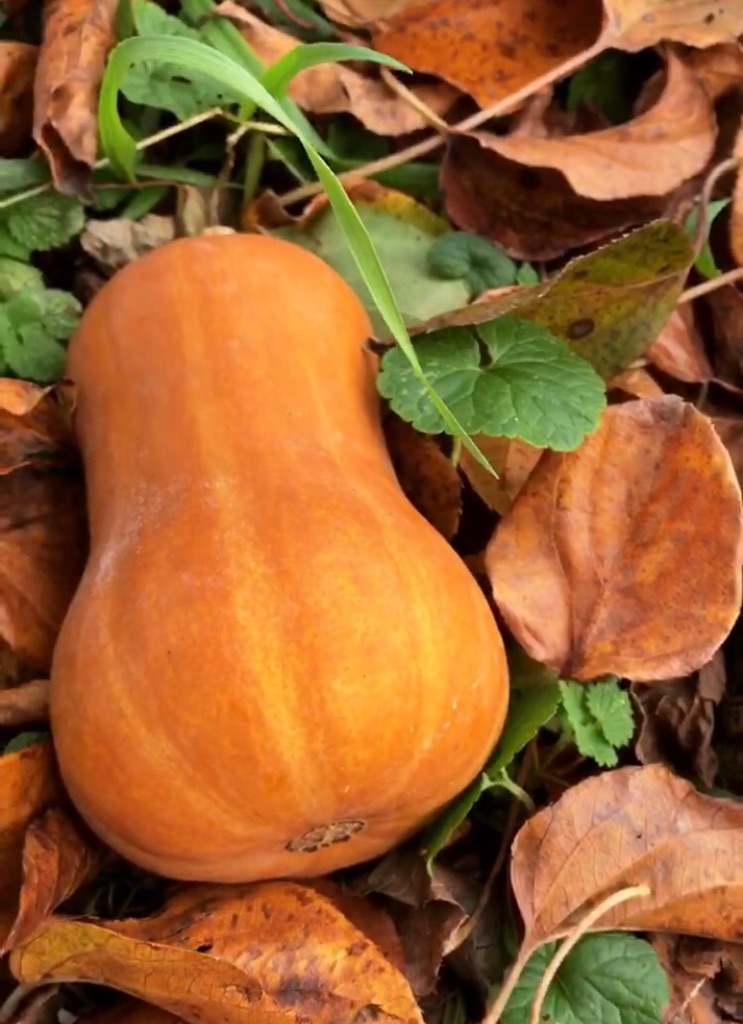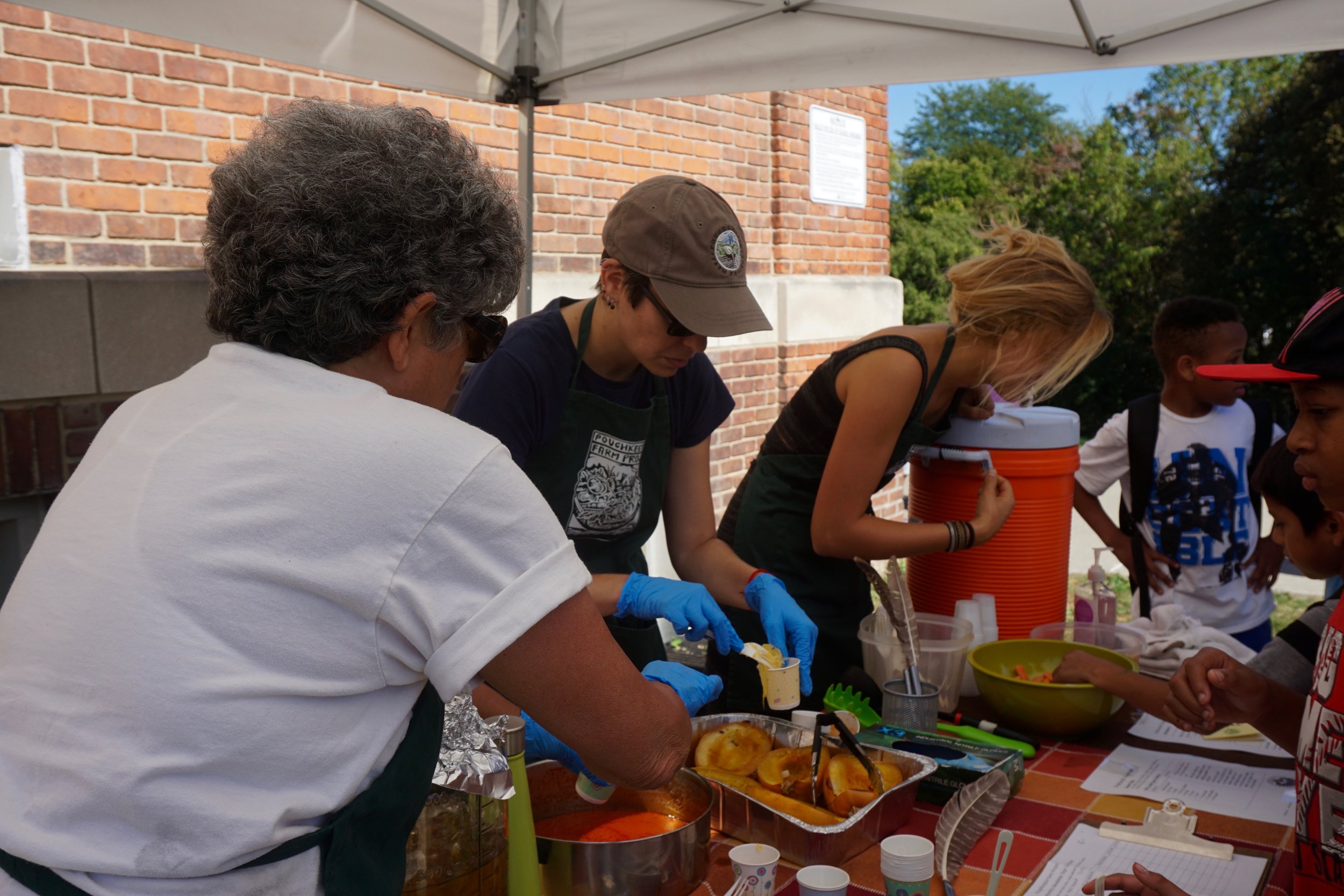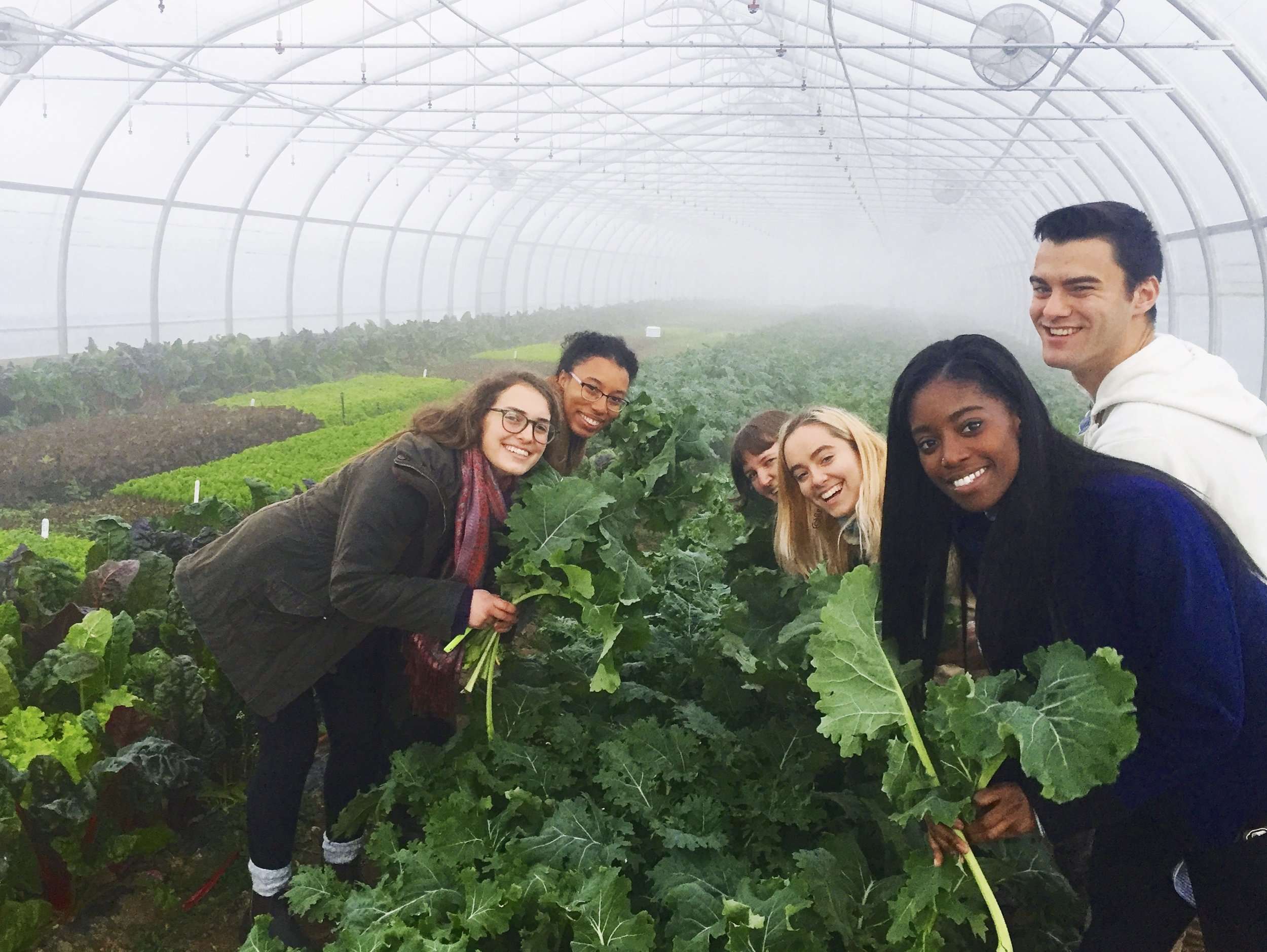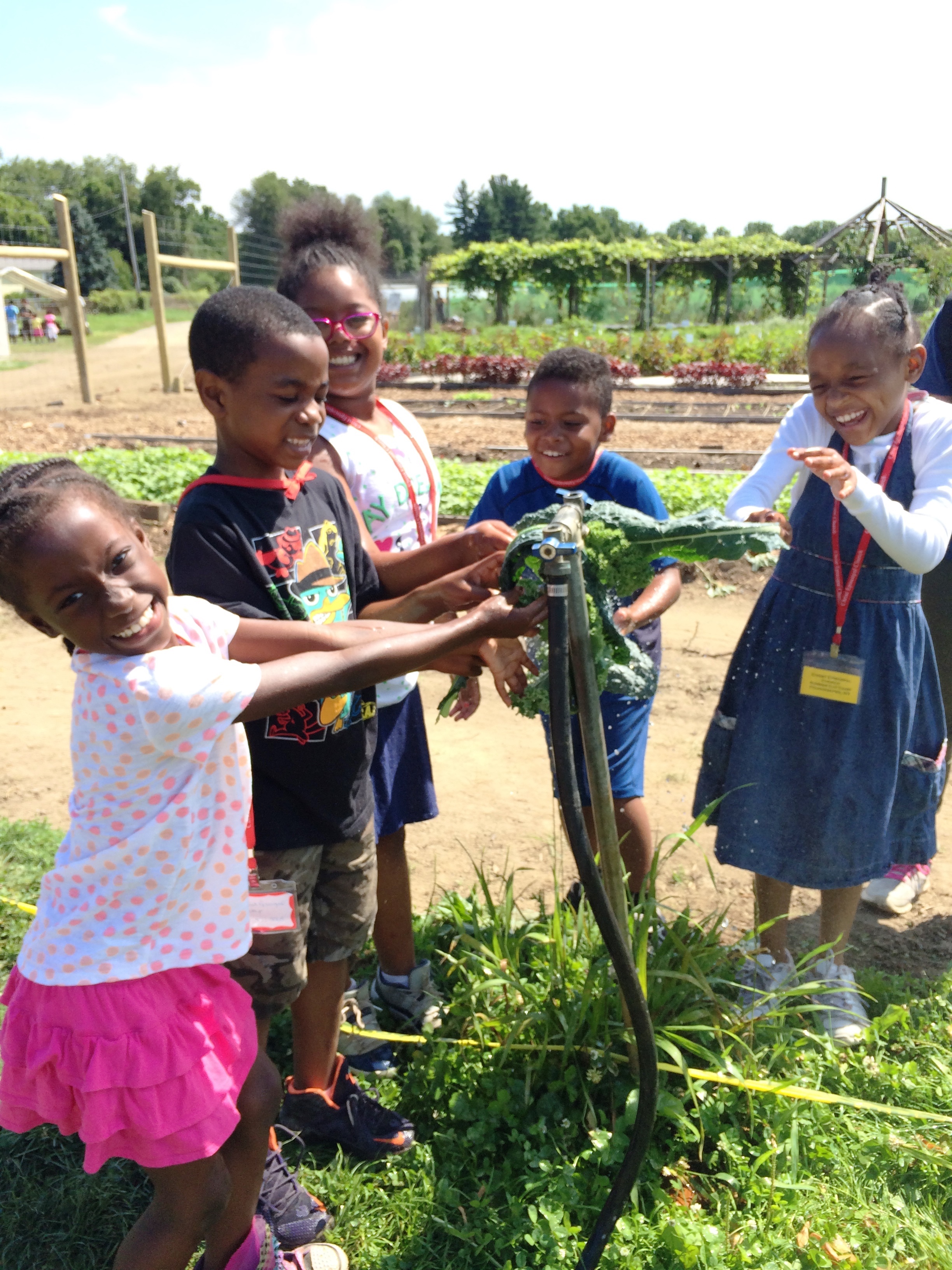January’s Harvest of the Month is apples. Harvest of the Month is an initiative of Poughkeepsie Farm Project’s Farm to School program. A different local farm product is served in school meals at area schools every month and we are helping to promote these locally available farm products.
Photo credit: Eilif Ronning
An apple a day keeps the doctor away. A ½ cup of sliced apples is an easy way to add fiber to your diet everyday. Pro tip: apples are best when eaten with the peel, as that is where most of the fiber and antioxidants are found. A ½ cup of apples a day may sound like a lot but, one of the amazing things about apples is that they can be eaten in a variety of ways - as whole (fresh!) apples, unsweetened applesauce, dried apples, or in my personal favorite: apple pie.
At PFP, the apples we distribute through our fruit share during the regular CSA season come from Glorie Farm in Marlboro. Their low-spray apples (and other fruits) also make their way to our educational programs. Not only are apples good for you, they are a great educational tool for kids. We like to use apples to teach students about pollination, the plant life cycle, and how trees produce the fruits we love to eat. Apples are also also a great addition to many vegetable recipes we use in our cooking workshops from smoothies to salads.
Fun fact: Domestic or table apples are of the species Malus pumila and are one of the most widely cultivated tree fruits across the world. There are over 7,000 varieties of apples (that’s a lot of apple pie) the oldest originating from the mountains of Central Asia. Apples were first introduced to the U.S by European settlers during 1600s to share their cultivation and traditions.
We can’t talk about North America’s history with apples without mentioning one of our fondest folk heroes: Johnny Appleseed. Johnny Appleseed was a pioneer apple farmer in the 1800’s and his dream was to grow so many apples that no one would ever go hungry. Unlike most legends Johnny Appleseed was a real person named John Chapman. In his lifetime Chapman planted over 1200 acres of apple orchards.
Contrary to common belief, Chapman’s apples wouldn’t be recognizable as the conventional apples we are accustomed to in the grocery store. Chapman grew apples that were very small and tart - nicknamed “spitters” because that’s probably what you would do if you took a bite out of one. However, “spitters” were perfect for hard cider and applejack which was valued more than edible apples. Fun Fact: until the 1920s, most apples in the U.S were used for making cider. Especially in rural areas, cider replaced water because the water often wasn’t safe to drink. The cider they were drinking was what we would not call hard cider.
In the spirit of the true story of Johnny appleseed here is an easy apple cider recipe. This cider may not be what Johnny Appleseed used to drink but it’s non-alcoholic and quick to make and enjoy with kids. All you need is about 6 cups of apple juice or enough to fill a large saucepan, ½ teaspoon whole cloves, ¼ teaspoon ground nutmeg and 3 cinnamon sticks. Place everything in the large saucepan and bring to boil over medium-high heat. Once it begins to boil reduce heat and let it simmer uncovered 10 minutes. Pro tip: Heating the mixture brings out the flavors of the spices. The longer you let cider simmer the more fragrant it will become.
Happy Holidays! - PFP
Resources:
Johnny Appleseed Story
http://mentalfloss.com/article/62113/9-facts-tell-true-story-johnny-appleseed
https://bestapples.com/resources-teachers-corner/johnny-appleseed/
Apple cider recipe
https://www.bettycrocker.com/recipes/hot-spiced-cider/d3493337-14c1-4afb-bf8e-f1793d615405





